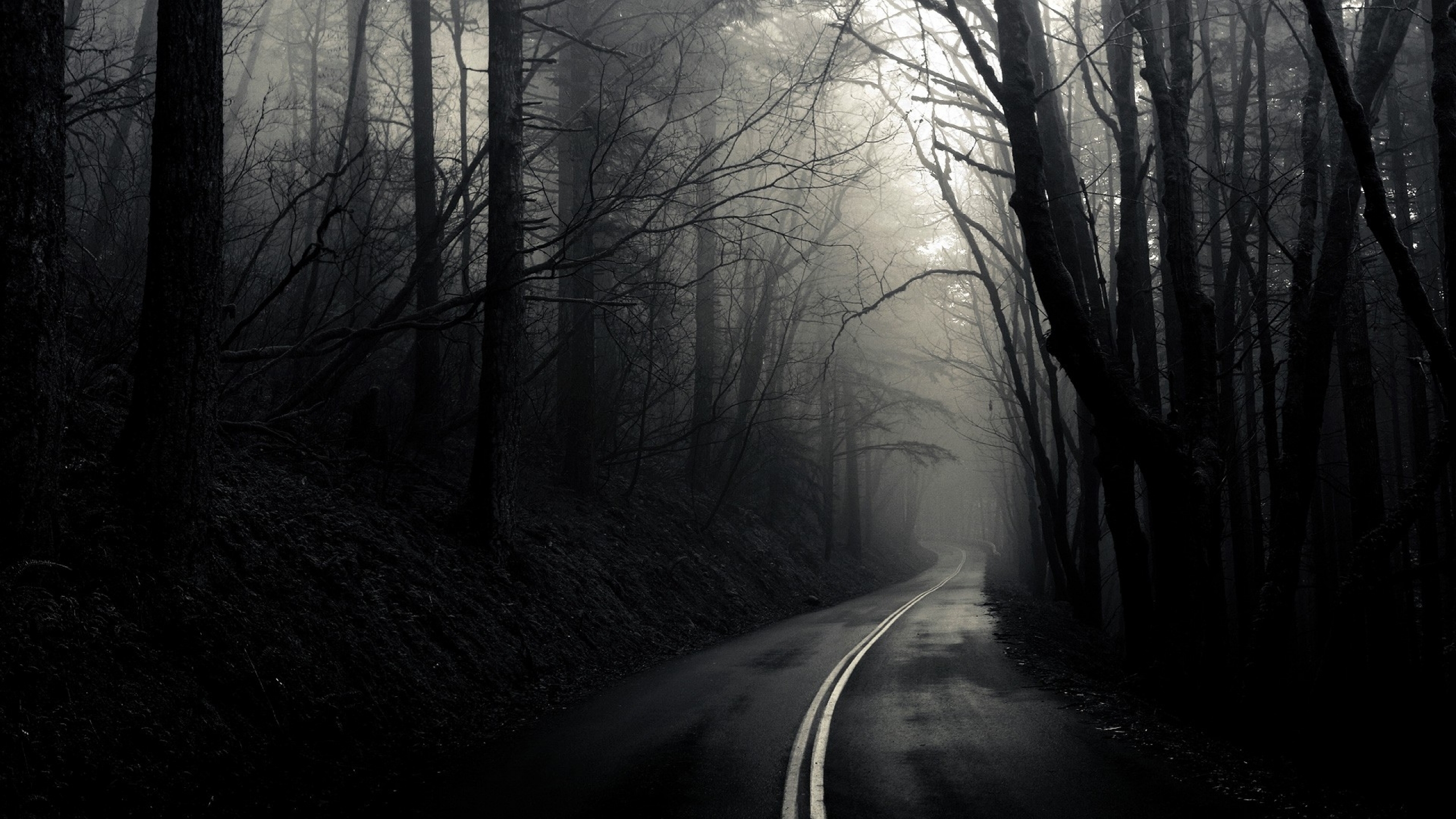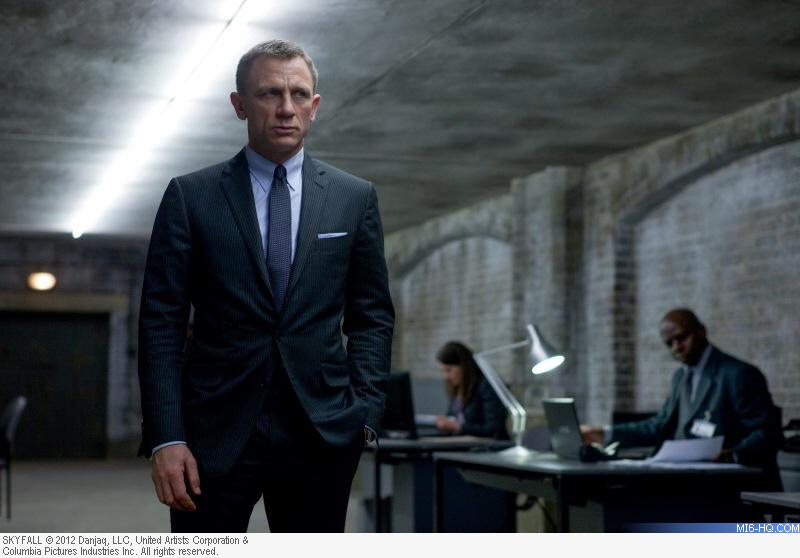What is Costume (Hair and Makeup)? Why it’s an important convention? How it helps with character representation and understanding.
Costume is what a character wears in a film or scene to send
a message to the audience and maybe have an effect within the film. Costume
helps the audience understand more about a characters role in the film and also
their emotions or feelings in the current scene. It can guide the audience’s
attention to particular personalities or traits.
Connotations, Stereotypes of Characters and Clothing Types
From looking at a characters style of dressing and clothes
you can guess what effect they have on the film such as Batman, the connotation
of him will be when he wears his suit it’s like he is protected and comfortable
but when he takes it off and wears just normal clothes he is vulnerable and
less at home than in his bat suit.
Stereotypical costumes for protagonists
will be something that shows meaning and reflects to the audience their
character role and emotions, once again like Batman, he’s quite a dark
character while being this anti-hero he perceives himself as, his suit is matte
black and his traditional theme is dark blue, yellow and black, which are quite
tensed colours. Also with hair and makeup this can be effective in that it
shows the audience what type of character the protagonist is.
The Joker in The
Dark Knight Rises has smeared face paint and wet, messy hair to show the
audience he is that psychopathic antagonist that he wants to be.
Stereotypical Victim and Protagonist – Clothing
A stereotypical protagonist’ clothing would be something
that shows the audience that they are protected and safe from any danger, and is
quite effective as it helps the audience to understand the characters character
in the film/scene.
Here let’s take Leonardo Di Caprio wearing a blue open shirt
with a white top underneath, which are colours you normally associate with
peace, love, royalty, quite calm colours preferred to darker colours like
purple and black. This can help us as the audience understand his character and
how they like to deal with their problems maybe he’s a quite active yet laid
back protagonist.
Stereotypical Antagonist – Clothing
A stereotypical antagonist’ clothing would be something that
shows the audience what they are and their role in the film or how they deal
with their own problems, trying to move away from Batman let’s take Bane, his clothing
is quite humid and subtle to show us that he is the clear antagonist. He also
wears a mask which is a common convention in more dark thrillers. His mask
suggests that it powers him and maybe makes him what he is. This can be
considered an important part of his clothing besides his body clothes as his
face is his identity and he’s covering it is as if he wants no one to know who
he really is and wants to keep his identity a secret whereas some other
antagonists would show their face.
Thriller opening analysis – Silence of the Lamb
The opening sequence of this film shows evidence of an effective
use of costume as you can see her attire, which represents that she could be
the victim or protagonist within the film from the way she is clothed, wearing
quite protective gear and tight clothes which may say that she is quite closed in
or she is immune to danger, also quite innocent as she is working hard to keep
up to shape, maybe she never gives up or takes things lightly.
Conclusion
From the research I have done, I will be expanding my use of
costume, hair and makeup definitely to settle on a specific branch that will
suit to my style of opening and theme behind my opening. Also I will research
other conventions of costume that can help improve my opening.




